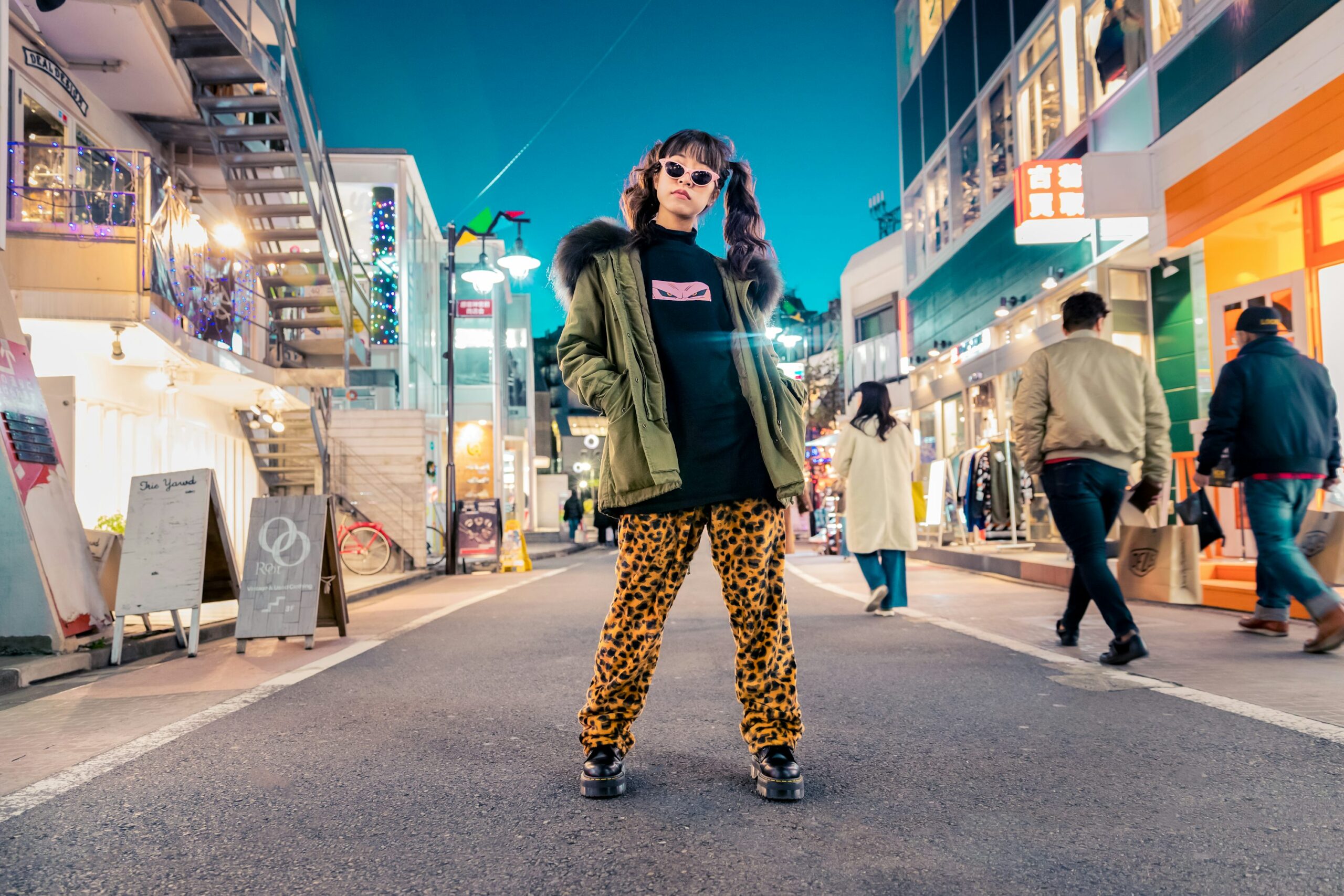Urban fashion is more than just clothing—it’s a cultural statement. It’s a reflection of life in the city: fast-paced, diverse, creative, and bold. As cities continue to grow into melting pots of cultures and lifestyles, urban fashion has become one of the most influential forces in the global style scene. From the streets of Harlem to Tokyo’s alleyways and London’s underground scenes, the urban aesthetic keeps evolving—yet always remains grounded in authenticity and self-expression.
Urban fashion has its roots in street culture, hip-hop, skateboarding, and youth movements. In the early days, it was less about designer labels and more about attitude. Oversized hoodies, baggy jeans, sneakers, and baseball caps weren’t fashion statements—they were just what people wore. But over time, the mainstream fashion industry took notice.
Today, elements of streetwear are seen on runways and in high-end fashion lines. What began in neighborhoods now influences global trends. But no matter how popular it becomes, real urban fashion never loses its edge. It stays raw, real, and connected to the streets.
Urban fashion is always changing, but a few key trends are currently defining the scene:
More and more designers are embracing androgyny, offering pieces that are not limited by traditional gender norms. Oversized blazers, relaxed trousers, and unisex streetwear are gaining popularity among young city dwellers who use clothing to express identity rather than conform to it.
The rise of sustainable fashion has brought vintage back into the spotlight. Thrifted denim jackets, retro sneakers, and 90s-inspired streetwear are now must-have items. In cities like New York and Los Angeles, fashion-forward individuals are mixing second-hand finds with modern staples for a unique, eco-conscious style.
While neutrals always have their place, urban fashion isn’t afraid to be loud. Bright neon, graffiti-style prints, and statement graphics are making a comeback. These bold choices reflect the creativity and energy of city life, where individuality stands out among the crowd.
Function meets fashion in the form of techwear—clothing designed for comfort, movement, and often weather resistance. Cargo pants, multi-pocket jackets, and futuristic materials are popular among city dwellers who value both style and practicality.
Sneakers remain a cornerstone of urban fashion. Limited releases, custom designs, and high-profile collaborations keep sneakerheads engaged and excited. In the urban fashion world, your footwear can say as much about you as your entire outfit.
What makes urban fashion so compelling is its deep connection to personal identity and community. Unlike high fashion, which is often exclusive and curated, urban fashion is democratic. It grows organically from the streets and reflects the voices of those who wear it.
For many, urban fashion is a form of storytelling—an outward expression of who they are, where they’re from, and what they believe in. A simple graphic tee or choice of accessories can carry powerful messages about culture, politics, or creativity.
As technology and social media continue to shape how trends spread, urban fashion is becoming more global than ever. Influencers from Harlem, Seoul, London, and Lagos can inspire each other instantly. This global exchange leads to fresh fusions of style, while still allowing each city to maintain its unique flavor.
At the same time, issues like sustainability, inclusivity, and ethical production are becoming more central to fashion conversations. The next phase of urban style will likely combine the boldness of streetwear with a deeper sense of purpose.
Urban fashion trends are more than a passing phase—they are a movement. Whether you’re expressing rebellion, pride, or creativity, city style gives you a canvas to tell your story. And in a world that’s always moving, one thing remains constant: fashion will always find its pulse in the streets.
